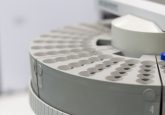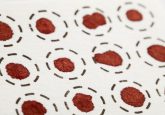Microsample analyses via DBS: challenges and opportunities

The use of DBS is an appealing approach to employing microsampling techniques for the bioanalysis of samples, as has been demonstrated for the past 50 years in the metabolic screening of metabolites and diseases. In addition to its minimally invasive sample collection procedures and its economical merits, DBS microsampling benefits from the very high sensitivity, selectivity and multianalyte capabilities of LC–MS, which has been especially well demonstrated in newborn screening applications. Only a few microliters of a biological fluid are required for analysis, which also translates to significantly reduced demands on clinical samples from patients or from animals. Recently, the pharmaceutical industry and other arenas have begun to explore the utility and practicality of DBS microsampling. This review discusses the basis for why DBS techniques are likely to be part of the future, as well as offering insights into where these benefits may be realized.
Until recently the quantitative determination of drugs and their metabolites was generally accomplished by collecting several milliliters of biological sample in tubes containing anticoagulants or other special additives followed by bioanalysis employing LC–MS/MS. These techniques currently satisfy regulatory authorities for the pharmaceutical drug development process and are considered the ‘gold standard’ for such measurements. However, a new paradigm for Pharma has emerged, which is tempting to consider. DBS involve the collection, shipment, analysis and subsequent storage of microsamples (<50 µl) of whole blood and/or other biological samples. The bioanalytical aspects employed are typically ESI coupled with MS/MS. This analytical approach has been used for newborn screening (NBS) for biomarkers of certain diseases for more than 20 years following the publication of the NBS of phenylketonuria using DBS and MS/MS.
Click here for the full article.





